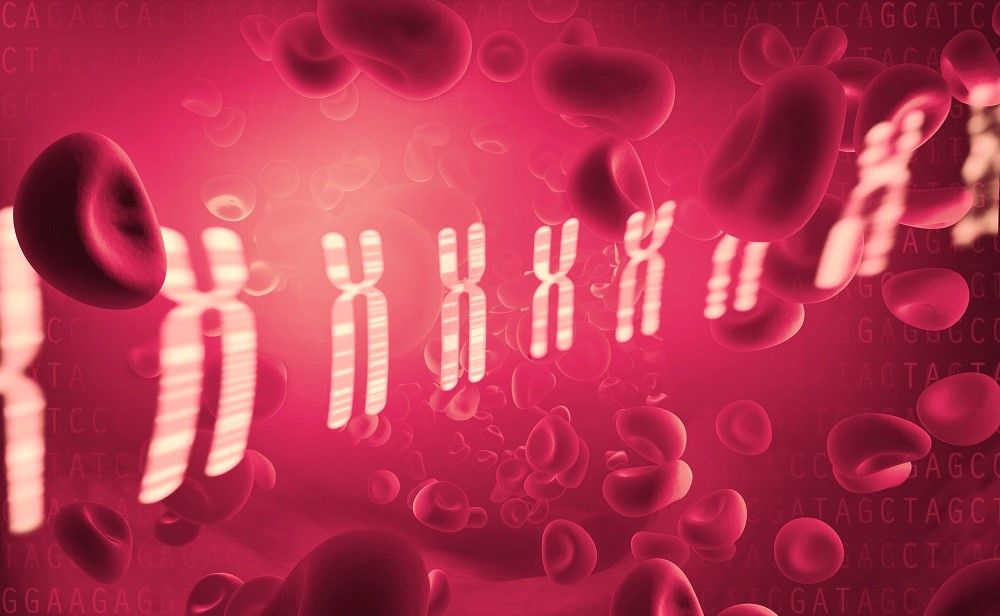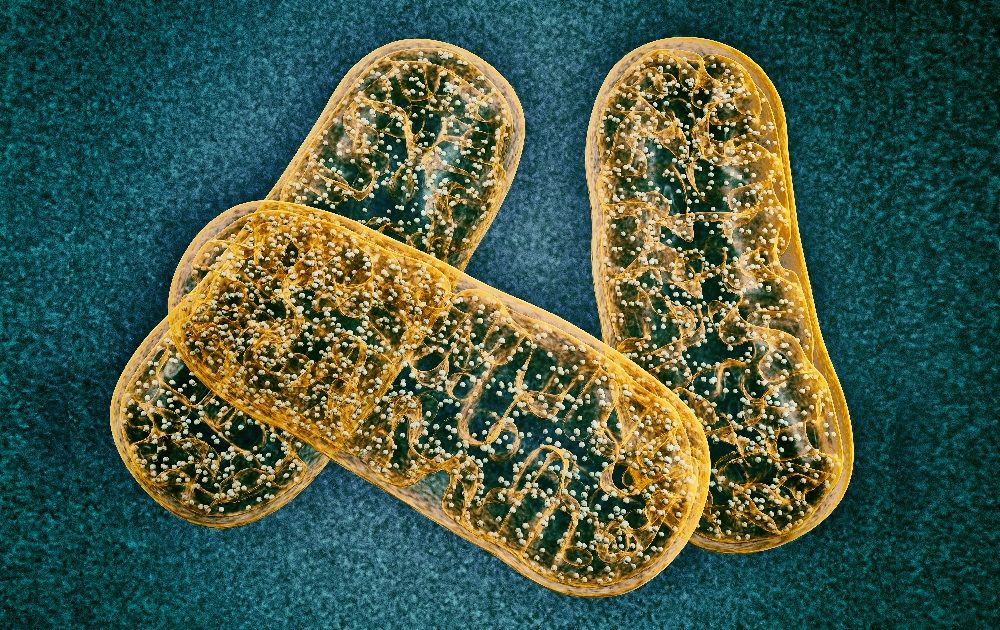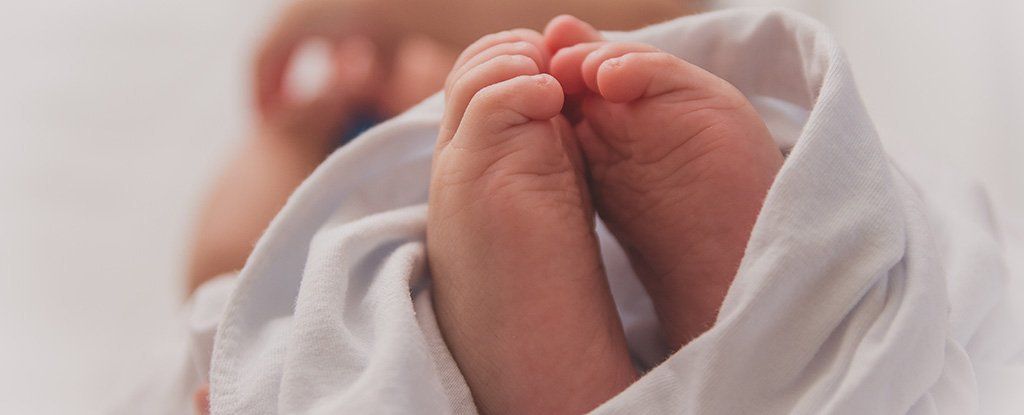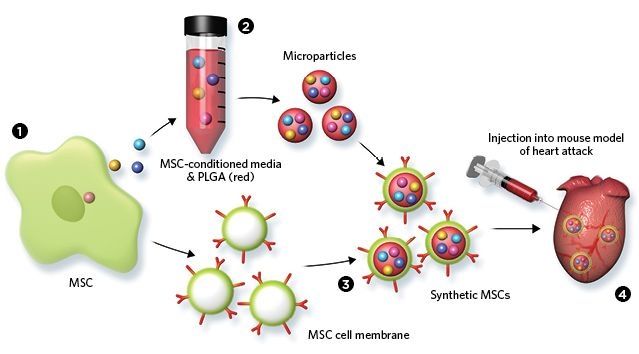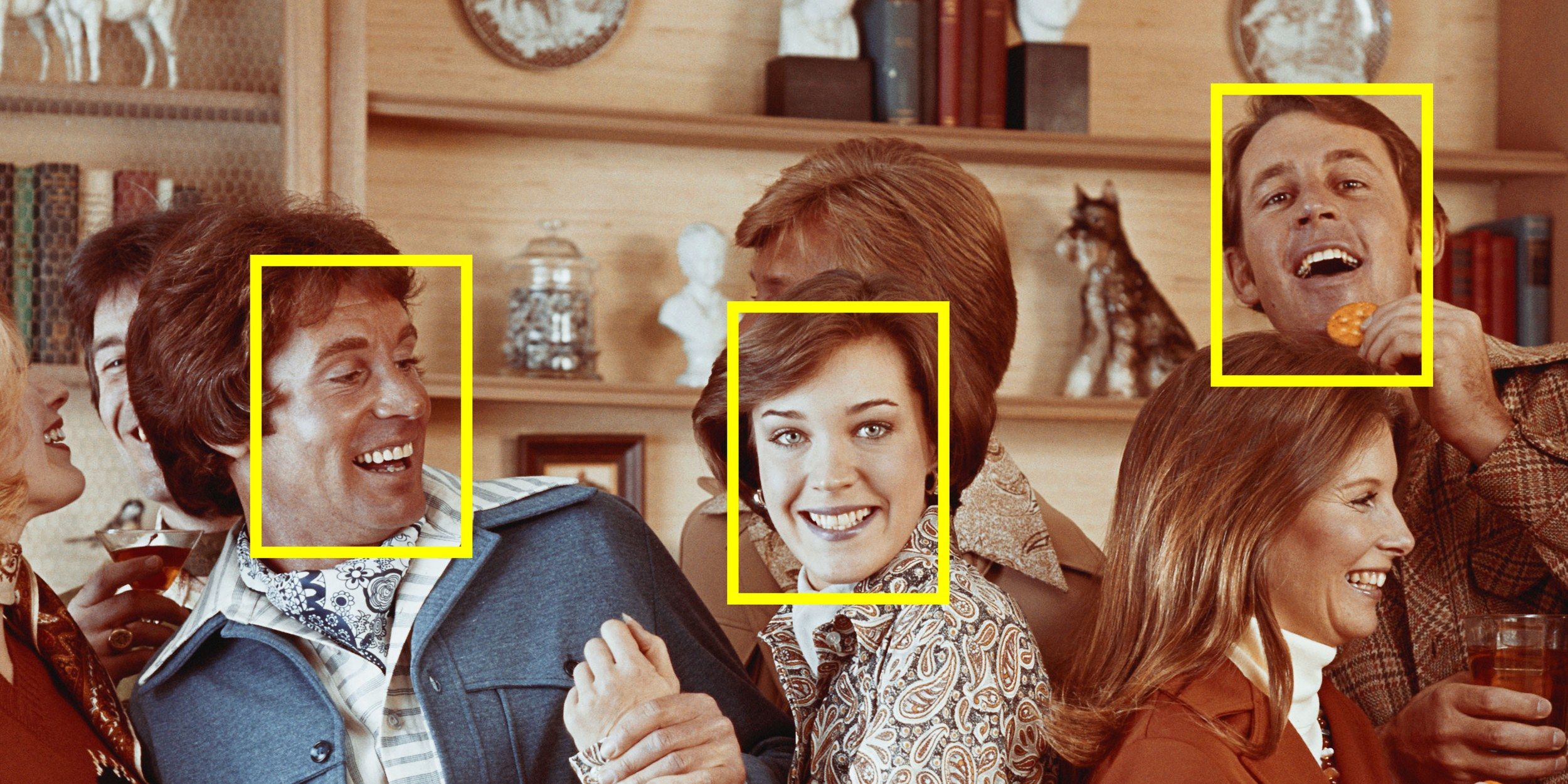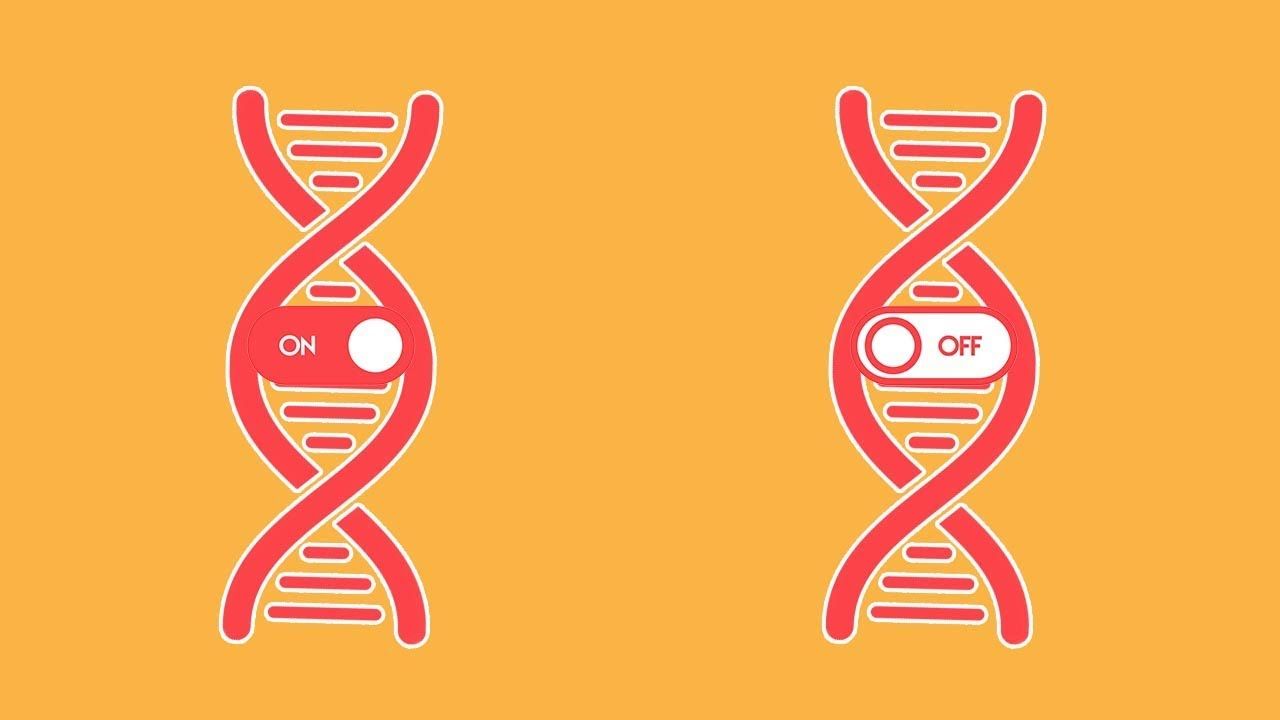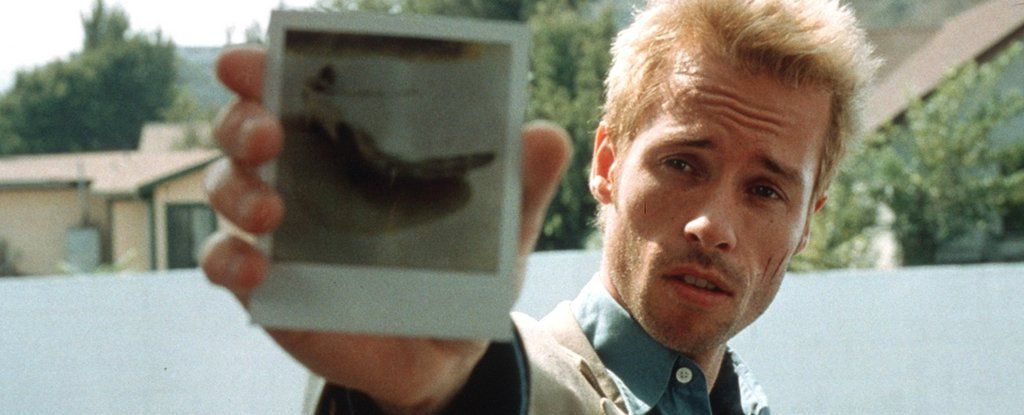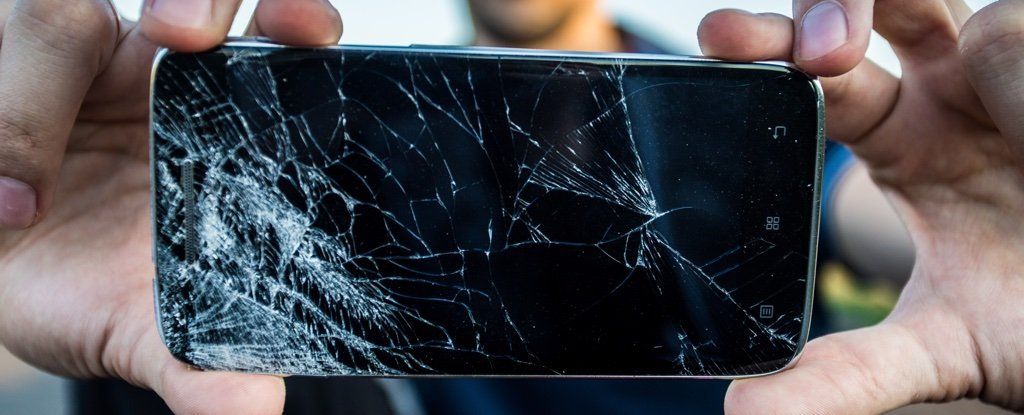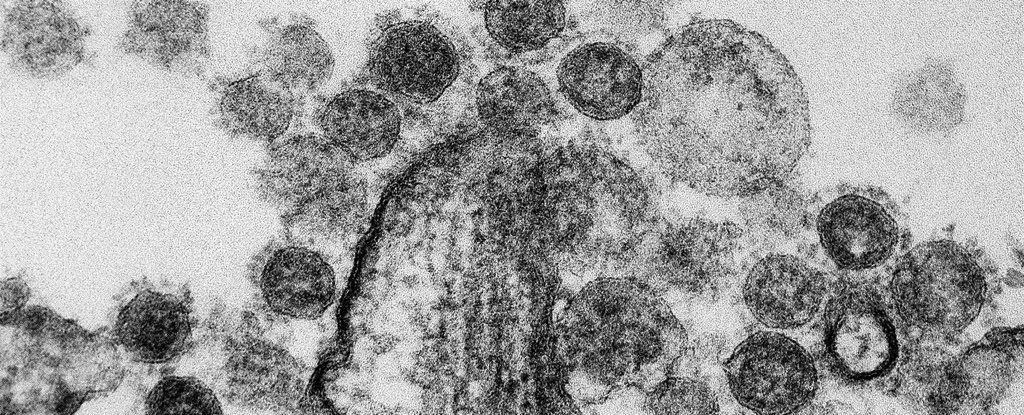
The US federal government has lifted an enforced moratorium on funding research into how to make viruses deadlier and more transmissible.
The moratorium, which was imposed three years ago, froze funding for what’s called “gain of function” research: controversial experiments seeking to alter pathogens and make them even more dangerous. Now, the money is back on the table, giving those trials the green light once more.
The director of the National Institutes of Health (NIH), Francis S. Collins, announced the lifting of the moratorium on Tuesday, saying gain of function (GOF) research with viruses like influenza, MERS, and SARS could help us “identify, understand, and develop strategies and effective countermeasures against rapidly evolving pathogens that pose a threat to public health”.
Continue reading “The US Just Ended Its Own Ban on Engineering Deadly Viruses in The Lab” »

